As we continue to strive, to own and change our narratives with rapidly falling poverty, increasing investment, and one of the youngest populations; our rich culture is taking the world stage by storm from Afrobeats, movies, fashion and architecture. We (Africans) have always known and understood our greatness, the only difference is that now the rest of the world is taking notice in a positive light. Our past still haunts us, its affect clearly still visible in various forms but we refuse to continue to let it define us, define our progress and our future. This progress and what I like to call rebellion is very much visible in our architecture.
African architecture at its finest reflects the multifaceted dynamics of the continent. It is a mixture of our natural resources, vegetation and most importantly, our climate. All across the continent the skyline is breathtaking, and in the city of Nairobi it is inviting. Home of Cave, a small architecture firm that is blazing the trail in capturing our history to build the future. Cave is unique, they study and use all the things we previously were told was primitive to design and build structures that will be around for generations.
Kabage, Stella and Balmoi are the owners of Cave. All three studied Architecture in the western world from the U.S., U.K. and Australia, and worked for some of the biggest firms in the world. After years of acquiring the necessary knowledge and experience they decided to bring it all back home where their ideas, concepts, approach and designs have a big impact on the way forward.
We asked them to share their story.
1. What inspired you all to leave established corporations and life’s abroad to start your own Architecture firm?
This happened within a span of ten years where Kabage left an established architectural office in London, Balmoi, left a freelance architectural & construction carrier in America, and Stella chose not to stay in Australia for the sake of staying in a place where she could not pursue her passion in architectural practice. We were simply drawn to return home to a place referred to as the cradle of mankind, where architecture and in fact humanity began.
2. To the outside world doing business in Africa is frightening, how would you describe the Kenyan small business environment? Are government resources including grants, subsidies, tax breaks etc. readily available?
It was surprisingly simple to setup a business in Kenya. However, running a small business in this environment can be challenging especially when you choose to run it in a formal and not informal way. We have found that grants, subsidies and tax breaks are still elusive incentives.
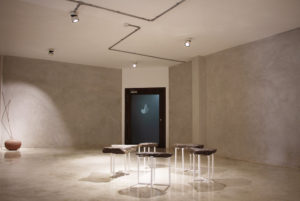
3. Not having to clock-in and report to a manager must be nice, how was your transitioning process?
The transition was a swift process as we were relentlessly driven to setup our site and we often worked between 12 to 15 hours a day from home to get the company moving.
4. What is the most challenging aspect of running your own business?
Finding brave clients that are keen to let us explore a new architecture for their projects that they might not have seen on google images.
5. What are top 3 business development strategies that someone starting their own Architecture firm should utilize to achieve your level of success?
We honestly do not see ourselves as having achieved success, however on the road towards this vague designation, three strategies come to mind. 1. Know your strengths and work to build on them using good systems, 2. Minimize your expenses, you cannot achieve everything at once, and 3. Be serious about your financial and legal obligations regarding tax compliance, auditing, contracts etc. Remember, you cannot be your accountant, lawyer, and auditor those are serious professions that you should budget for in your capital expenditure, as you begin.
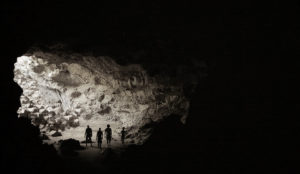
6. Launching your own practice demands a lot of effort, energy, and an extremely porous personal life, what affect has it had on your family, if any?
We honestly found it very difficult to balance the two at first, but it took us short time to realize that it was not worth sacrificing a family event to meet a potential client, who would likely not come through and bring us a project.
7. How would you like to see your business evolve in the next five years?
We actually want to stay small, with no more that 10 architects who are happy and apply our philosophy without the need to work beyond 8 hours a day. We also want our practice to evolve into a place known for researching, testing and developing ideas for a new Pan African landscape.
8. Best moment of your journey so far?
When we traveled to Mt Suswa to shot our Cave manifesto film and of course the building of our studio.
The OSOW Fast Three!
What is your favorite AfroBeat song?
- Kabage’s: African Sunset by “The Bata Shoe Shine Boys”
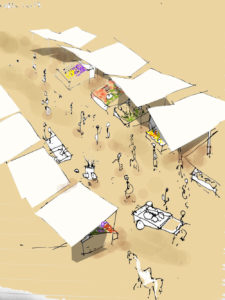
Cave sketch of a project in Balad, Somalia - Balmoi’s: “We are growing” by Margaret Sigana
- Stella’s: Patapata by Miriam Makeba
If you could have lunch with any person, who would it be and why?
- Kabage: my son Issa, because if you asked him that question he would probably say me or his mum.
- Balmoi: my two great grandfathers for obvious reasons.
- Stella: my dad because I cannot have lunch with him.
What’s your overarching vision for Africa?
- Kabage: I imagine a place where the majority have been elevated spiritually, mentally and physically to access good: food, faith, education, housing, public space, among life’s many other fruits.
- Balmoi: We need to reeducate the inhabitants and indigenous people to realise the origins of all humanity stem from a vision we once held in unity, the seed stems from us on the continent.
- Stella: A place where we offer solutions to our problems as opposed to the world offering us solutions to our problems.
Check them out! Instagram | Pinterest | Facebook


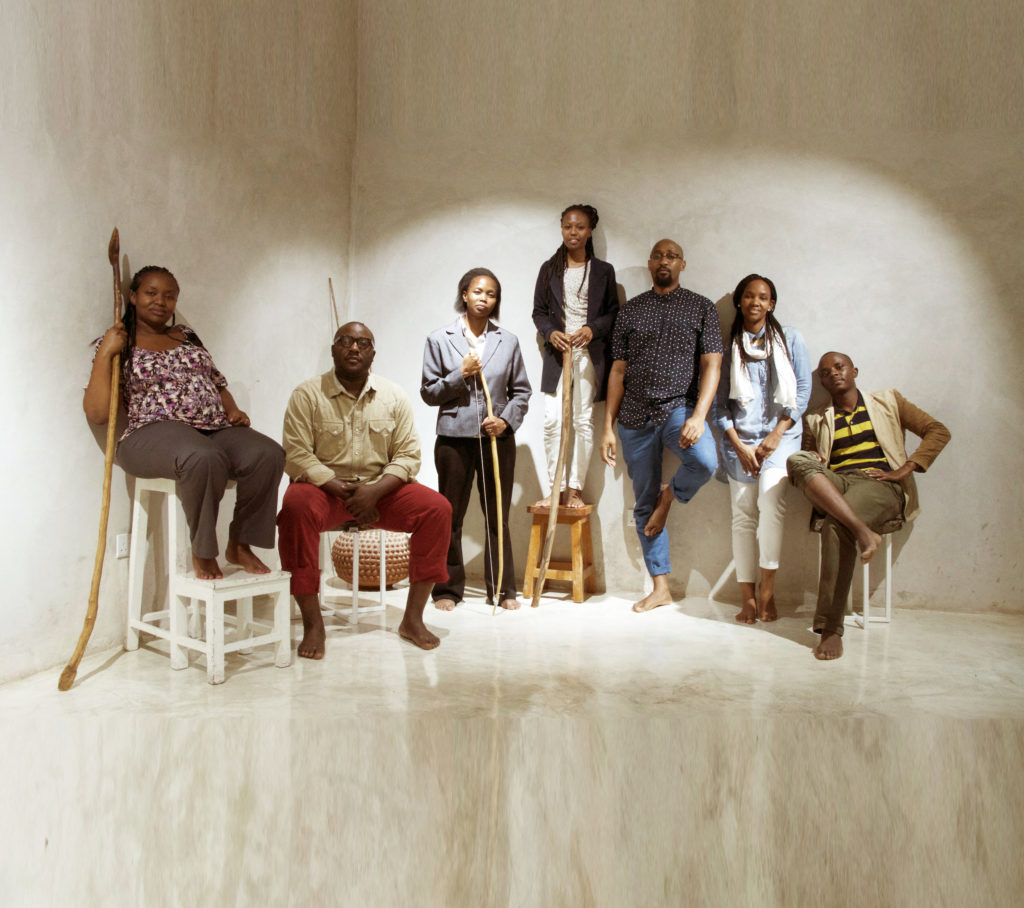
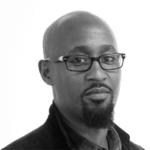
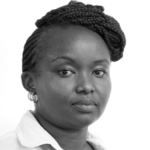
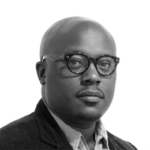
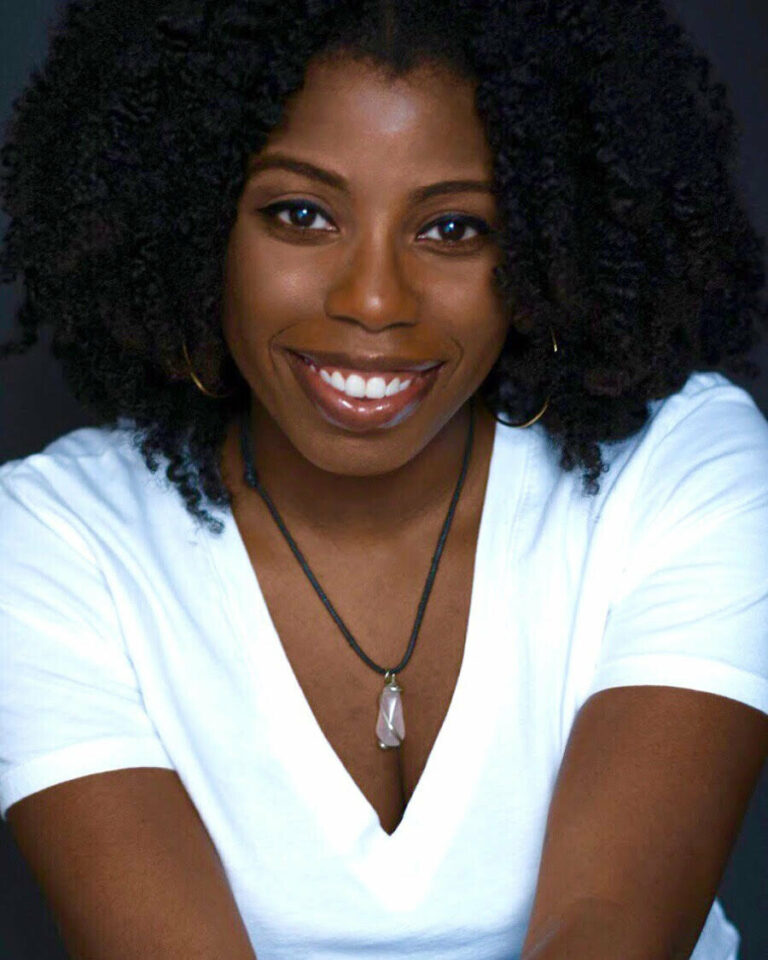

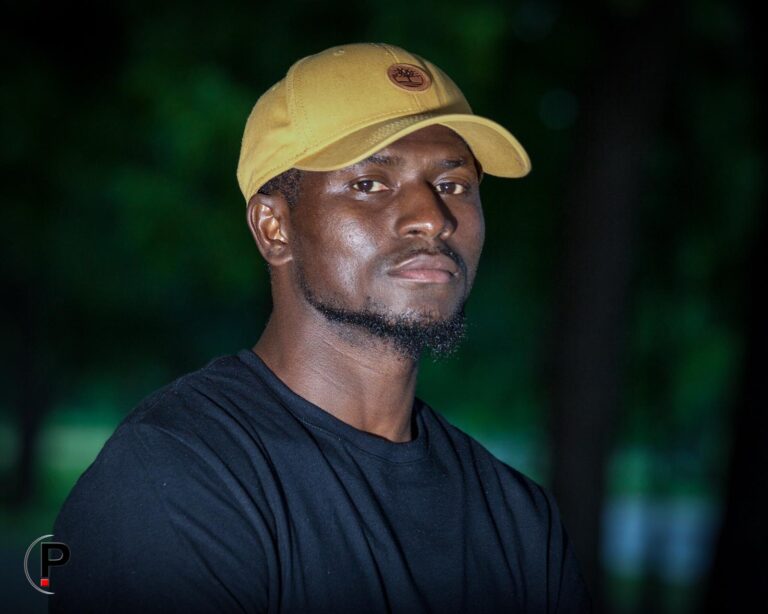
Leave a Reply
You must be logged in to post a comment.